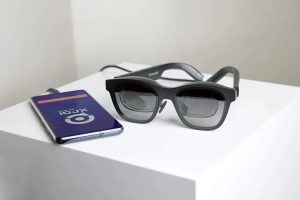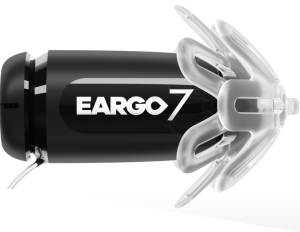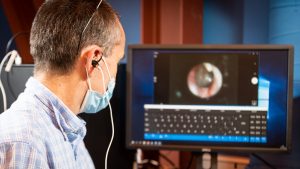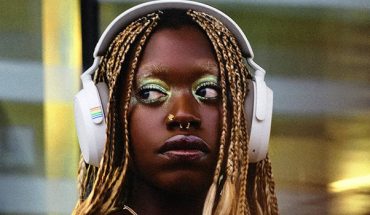Consumer electronics are incorporating advanced assistive technologies designed to improving the quality of life for people facing physical challenges at work or at home, when playing the latest video game or entering the newest metaverse community.
Smart glasses, wearables, hearables and accessible controllers are among the assistive technologies used to boost inclusivity and equal access for those who might otherwise be marginalized by physical or intellectual disabilities.
(The World Health Organization estimates more than three billion people worldwide are living with physical challenges like hearing and visual impairments; nearly half of Canadians in that group already have at least one type of assistive device or accessibility feature in their homes, so there’s real potential for acceptance and growth in the marketplace.)
Included in a new wave of smart glasses specifically for visually and hearing impairment are AR glasses that turn the spoken word into text on the display in real-time.
XanderGlasses are described as comfortable, lightweight smart glasses that accurately display captions of in-person conversations, letting a hearing-impaired person see their conversations subtitled on-screen like their favourite foreign movie.

Nreal Air augmented reality smart glasses tethered to an Android device running the XRAI Glass app. Image credit: XRAI Glass
In fact, some glasses do their own translation.
Software for a similar product, the XRAI Glass, also converts audio into a subtitled version of conversation which can be read on an accompanying pair of AR glasses, and its voice recognition and translation capabilities include options for nine different languages.
Even as tech developers use glasses to help the hearing impaired, they are enhancing traditional in-ear devices with new capabilities, features and functions.
A new category of over-the-counter hearing aids has been approved in the U.S. – Canada is expected to follow suit soon – with consumers now able to buy tiny but capable invisible hearing buds from companies like Eargo and Audicus.

Tiny invisible hearing buds and smartphone apps for assisted hearing are available in the U.S. for over-the-counter purchase, with Canada expected to approved OTC hearing devices soon. Image credit: Eargo.
Larger-fitting Bluetooth-connected hearing devices are available, like those from Nuheara and HP, which adds
adds Active Noise Cancellation to improve the listening quality of phone calls or streaming media accessed via Bluetooth. The HP hearing app for iOS and Android adds additional features to the device.
With the right sensing technology, the ear turns out to be useful for more than hearing!
Vital signs and neural signals can be monitored and measured in the ear, and new in-ear devices dubbed hearables have sensors and even tiny cameras that pick up heart rate, eye movement and muscle tensing in the ear canal.
That slight muscle twitch can be technically turned into a computer click, so physically impaired people have greater access to brain-computer interface tools and operation. It’s like the eye-tracking component of gaze-controlled computer keyboards, which is a key existing accessible technology for severe physical impairments from motor neurone disease, ALS or cerebral palsy.
Earswitch Ltd. has developed a prototype device to let people communicate by tensing that tiny ear muscle to operate an assistive keyboard.

Prototype Earswitch assistive technology being developed by Dr Nick Gompertz and a team of researchers at the University of Bath in the U.K. could offer people with conditions such as Motor Neurone Disease (MND) new ways of communicating via a computer. Image credit: Nic Delves-Broughton.
The device is linked to the tensor tympani muscle, one of the smallest in the body. Once though to help protect the eardrum from loud noise, it can be controlled voluntarily giving some individuals with severe communications restrictions new ways of connecting with caregivers, friends and family.
As new technology allows people to live and work to the best of their abilities, it’s also finding a role in letting them play.
Recently announced as part of Sony’s Leonardo Project is a new game controller for PlayStation, developed to help players with disabilities play games more easily, more comfortably and for longer periods of time. It has an accessible and customizable design that players can configure to meet their physical needs. Sony’s controller was developed in concert with community and disability advocates, including those at the charity SpecialEffect, which has long worked to make gaming more accessible and has developed its own controller and tracking devices, as well as in-game and online solutions for people with disabilities.
-30-



